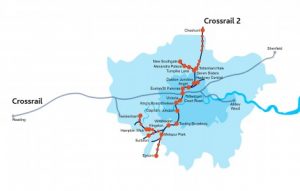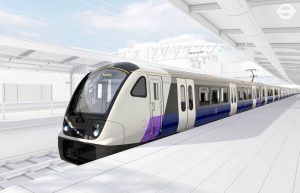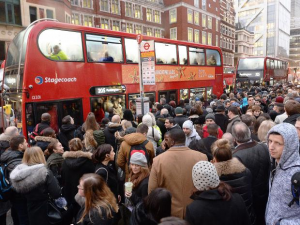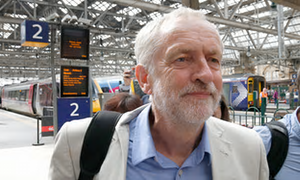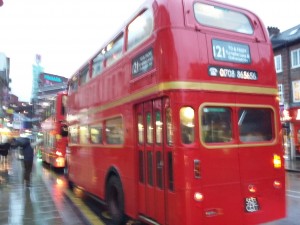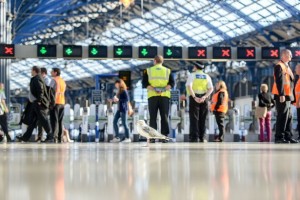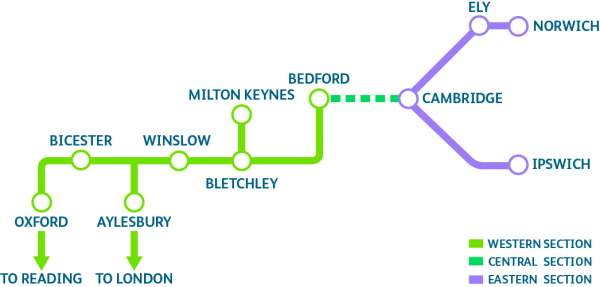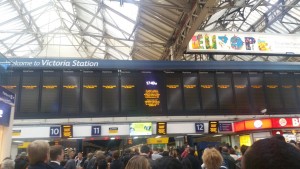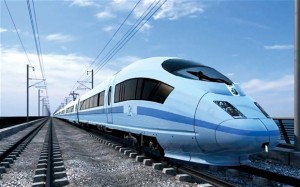 This week Sir David Higgins presented his recommendations for transforming our rail
This week Sir David Higgins presented his recommendations for transforming our rail
service in the north.
For a balanced and fair economy we need to do all we can to link up our great northern cities. Jobs, investment and growth depend on infrastructure.
For instance a new high-speed rail line between Manchester and Leeds would cut the journey time between these two cities by half. The line would be based on the existing east-west route, but would be made faster with new tunnels and infrastructure, so that travelling between cities is equivalent to travelling around a single global city. Currently the average journey from Leeds to Manchester takes 55 minutes – with HS3 this could be brought down to 26 – 34 minutes, with trains running twice as frequently.
There is a vision for this to be part of a strategy for a Northern Powerhouse. Conservatives have set out an  ambitious plan to improve connectivity, back new science and transfer power to northern belt towns and cities so they can be more competitive, making our economy healthier and more balanced.
ambitious plan to improve connectivity, back new science and transfer power to northern belt towns and cities so they can be more competitive, making our economy healthier and more balanced.
Already there is record amount of investment in improvements increasing the investment available for rail improvements by 12 per cent in real terms from the level set by Labour in 2009 for the five years from 2014.
Meanwhile HS2 will be the first new North-South line in a century. HS2 will provide more seats for commuters – by 105 per cent. Whereas just enhancing the existing railway would increase capacity by 24 per cent in comparison.
 The new line will improve links between eight of Britain’s ten largest cities, cutting journey times and making room for rising demand.
The new line will improve links between eight of Britain’s ten largest cities, cutting journey times and making room for rising demand.
Labour’s record is very poor. They electrified just ten miles of track while in Government. That’s less than 1 mile a year, and less than two per cent of the amount of rail we are electrifying. Plus planned to cut investment in things like road and rail by 50 per cent. Our roads and railways plummeted from 7th in the world to 33th. This meant the UK’s infrastructure was ranked below Namibia’s, Slovenia’s and Cyprus’s.
Our approach is creating jobs by attracting rail businesses to Britain. Because of the record levels of investment in our rail means rail businesses are investing more in Britain. Hitachi for example have moved their global rail business from Japan to the UK, bringing an additional 1,500 jobs to Britain.
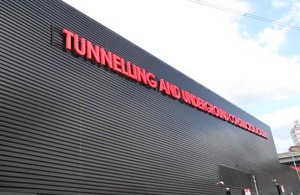 Giving young people the skills they need to secure jobs. The Tunnelling and Underground Construction Academy opened in 2011, and a new FE college, the first in 20 years, for future HS2 engineers has been announced. By making sure our young people have the skills needed for these projects we are ensuring they can benefit from the jobs being created by our long-term investment in rail.
Giving young people the skills they need to secure jobs. The Tunnelling and Underground Construction Academy opened in 2011, and a new FE college, the first in 20 years, for future HS2 engineers has been announced. By making sure our young people have the skills needed for these projects we are ensuring they can benefit from the jobs being created by our long-term investment in rail.
To help the hard-pressed taxpayer, we are capping the rises in rail fares. We capped the average fare rise at RPI in 2014 – freezing it in real terms. This is the first year average fares haven’t risen faster than inflation for a decade.
HS2 and HS3 are good for jobs, investment, skills and commuters.
 In the biggest overhaul since the 1970s, the Government has announced the extension of the Blue Badge scheme to include people with hidden disabilities (which includes autism and mental health conditions). This change is due to the current rules being open to interpretation.
In the biggest overhaul since the 1970s, the Government has announced the extension of the Blue Badge scheme to include people with hidden disabilities (which includes autism and mental health conditions). This change is due to the current rules being open to interpretation.
